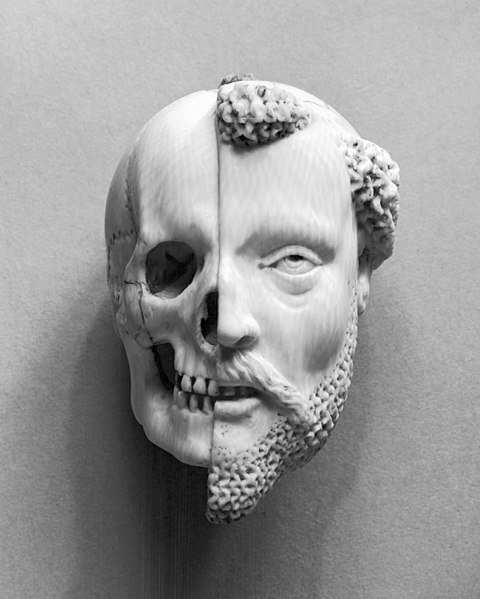Mortality rate, or death rate, is a measure of the number of deaths in a particular population, scaled to the size of that population, per unit of time. Mortality rate is typically expressed in units of deaths per 1,000 individuals per year; thus, a mortality rate of 9.5 in a population of 1,000 would mean 9.5 deaths per year in that entire population, or 0.95% out of the total. It is distinct from "morbidity", which is either the prevalence or incidence of a disease, and also from the incidence rate.
![Scatter plot of the natural logarithm (ln) of the crude death rate against the natural log of per capita GDP.[clarification needed][currency needs to](https://upload.wikimedia.org/wikipedia/commons/thumb/2/2b/Income_death_in_logs_graph.JPG/640px-Income_death_in_logs_graph.JPG)
Scatter plot of the natural logarithm (ln) of the crude death rate against the natural log of per capita GDP.[clarification needed][currency needs to be stated.] The slope of the trend line is the elasticity of the crude death rate with respect to per capita income.[citation needed] It indicates that as of the date of the basis data set,[when?] an increase in per capita income tends to be associated with a decrease in the crude death rate.[citation needed] Source: World Development Indicators.
Death is the irreversible cessation of all biological functions that sustain a living organism. The remains of a former organism normally begin to decompose shortly after death. Death eventually and inevitably occurs in all organisms. Some organisms, such as Turritopsis dohrnii, are biologically immortal, however they can still die from means other than aging. Death is generally applied to whole organisms; the equivalent for individual components of an organism, such as cells or tissues, is necrosis. Something that is not considered an organism, such as a virus, can be physically destroyed but is not said to die, as a virus is not considered alive in the first place.
The human skull is used universally as a symbol of death.
A flower, a skull, and an hourglass stand for life, death, and time in this 17th-century painting by Philippe de Champaigne.
French – 16th-/17th-century ivory pendant, Monk and Death, recalling mortality and the certainty of death (Walters Art Museum)
The Premature Burial, Antoine Wiertz's painting of a man buried alive, 1854

![Scatter plot of the natural logarithm (ln) of the crude death rate against the natural log of per capita GDP.[clarification needed][currency needs to](https://upload.wikimedia.org/wikipedia/commons/thumb/2/2b/Income_death_in_logs_graph.JPG/640px-Income_death_in_logs_graph.JPG)



